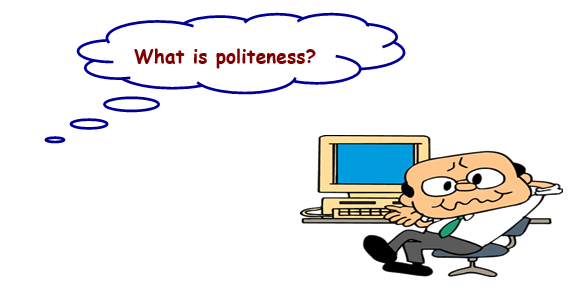同学们,实践是检验真理问题的唯一标准,运用你们学到的知识实践检验一下能力提升了吗?

参考答案
Brown and Levinson point out that politeness is a universal phenomenon in social interaction in all cultures. An important concept concerning politeness is that of face, which is the negotiated public image, mutually granted each other by participants in a communicative event.
Brown and Levinson classify the notion of face into two types: the negative face and the positive face. The former refers to the need to be independent, to have freedom of action, and not to be imposed on by others. The latter is the need to be accepted by others to be treated as a member of the same group and to know that one’s wants are shared by others.
Thus the negative politeness and positive politeness are derived. Negative politeness tends to show deference and emphasize the importance of other’s time and concerns and even include an apology for the imposition or interruption. Positive politeness is concerned with the participants’ positive face. Participants will tend to show solidarity, emphasizing that both the interlocutors want the same thing, and that they have a common goal.

